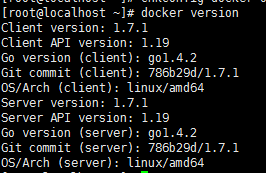

Use the following command to allow your RHEL distribution to rebuild the system repositories cache. Update the system repositories for the changes to take effect.

Once the Docker repository is added to your RHEL distro, you can install the docker without downloading its packages manually which is much more time-consuming. Now, add the Docker repository to your system by using the following command: sudo yum config-manager –add-repo sudo dnf update sudo dnf install -y yum-utils Before adding the docker repository, install the following yum-utils that give you the yum configuration manager command-line tool. So, you don’t need to download docker packages manually on your system. Add the official docker repository on your RHEL 8 distribution. Here, we are including the docker repository in the RHEL distribution that is made for the CentOS system. Let’s implement! The following steps will help you to install the docker container on RHEL 8 distribution: Step 1: Add Docker Repository in RHEL 8 First, you will need to include the Docker repository in your system and then remove the conflicting dependencies or packages that are installed by default on the RHEL distribution. In the RHEL 8 system, docker container packages are not included by default, so you can’t install docker using the ‘dnf install’ command. Installation of Docker Container on RHEL 8 15 GB or enough disk space is required to run the Docker containers.




 0 kommentar(er)
0 kommentar(er)
